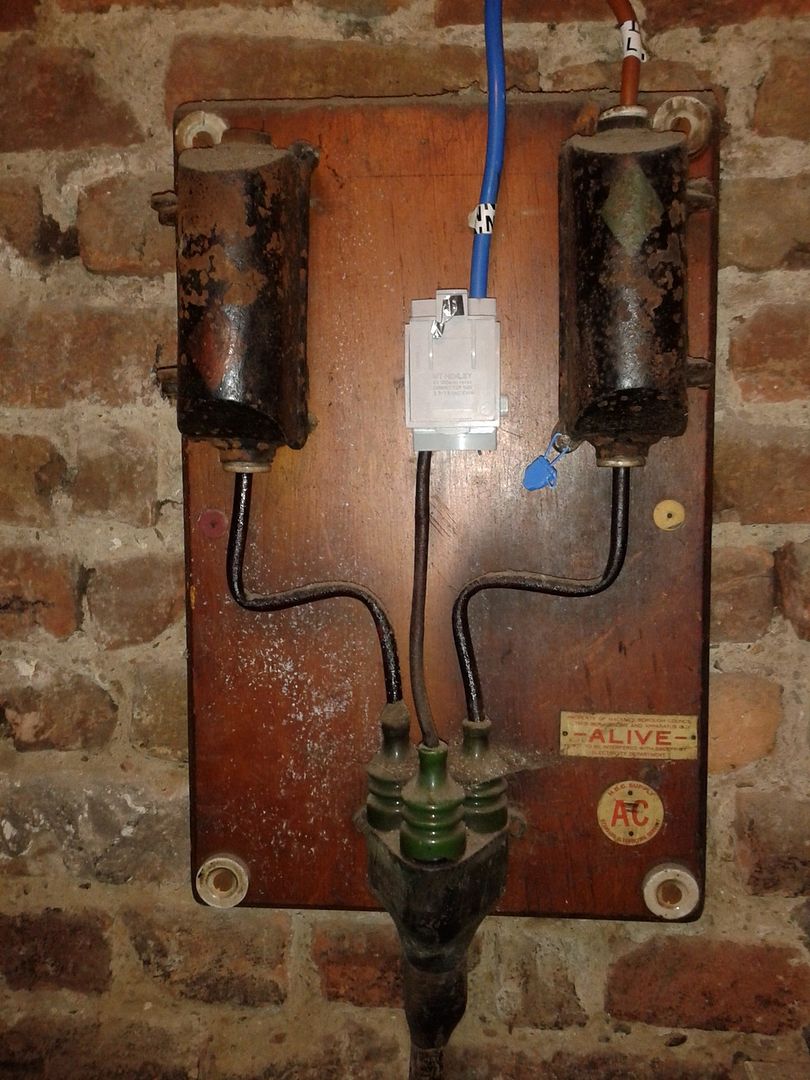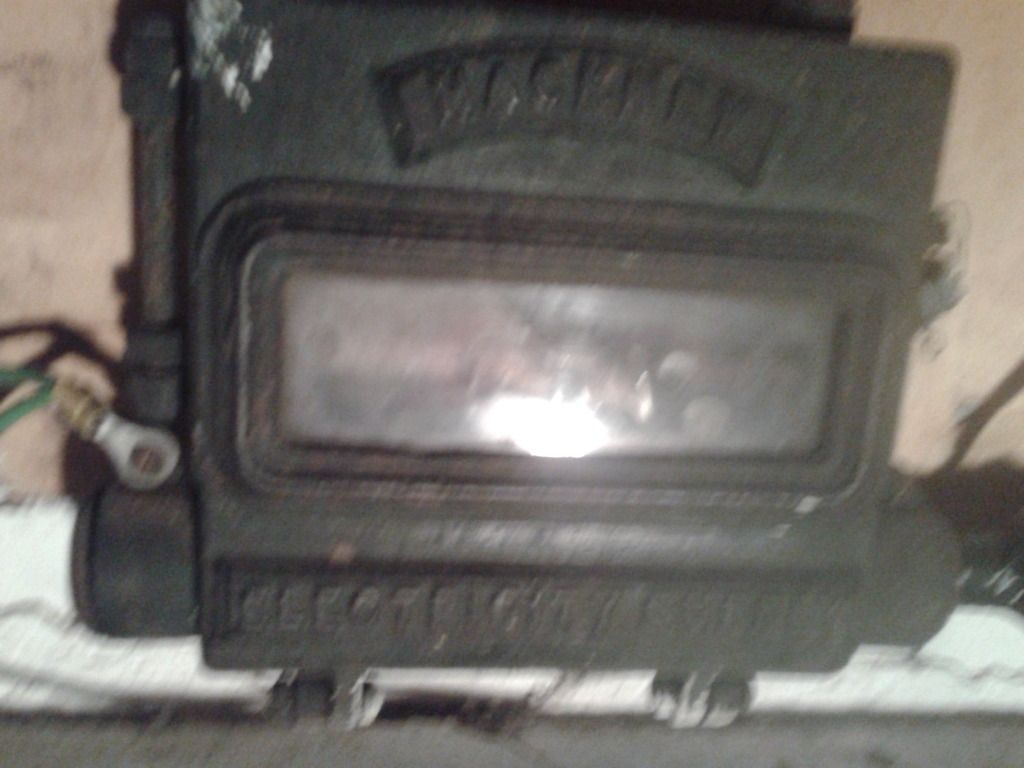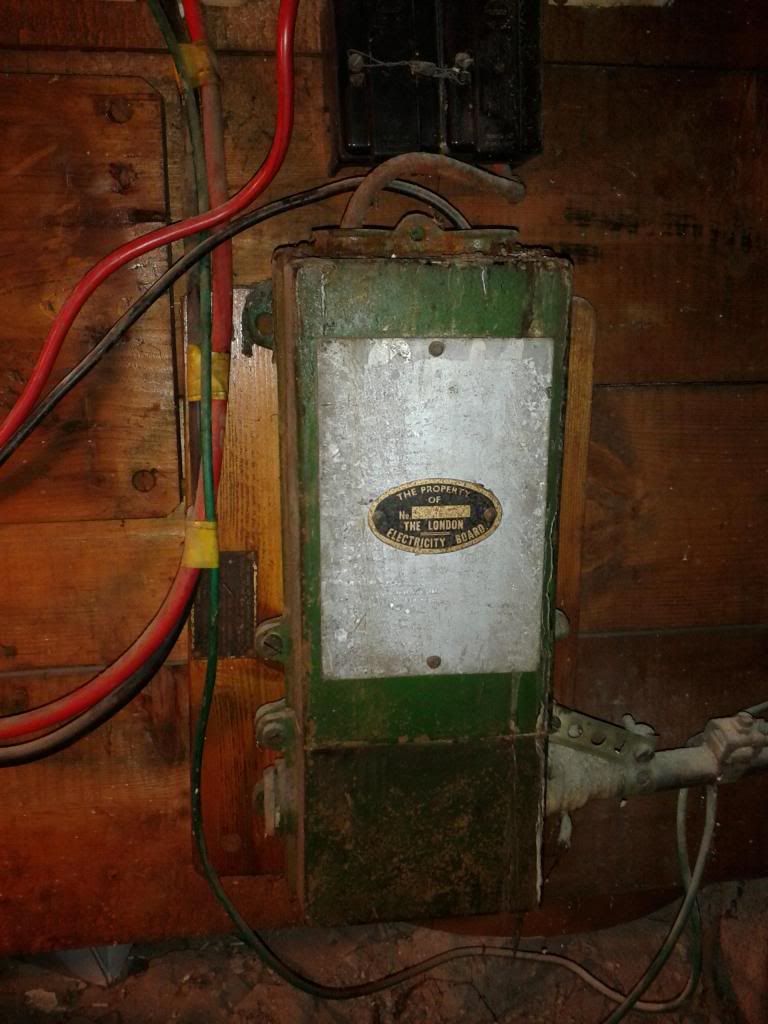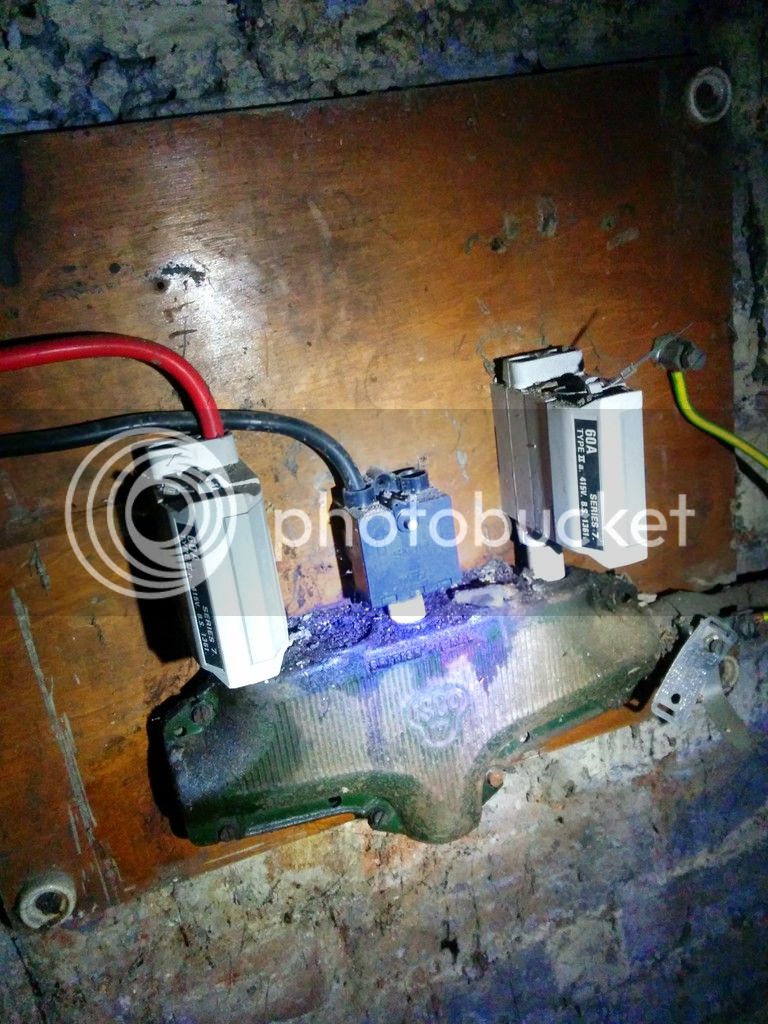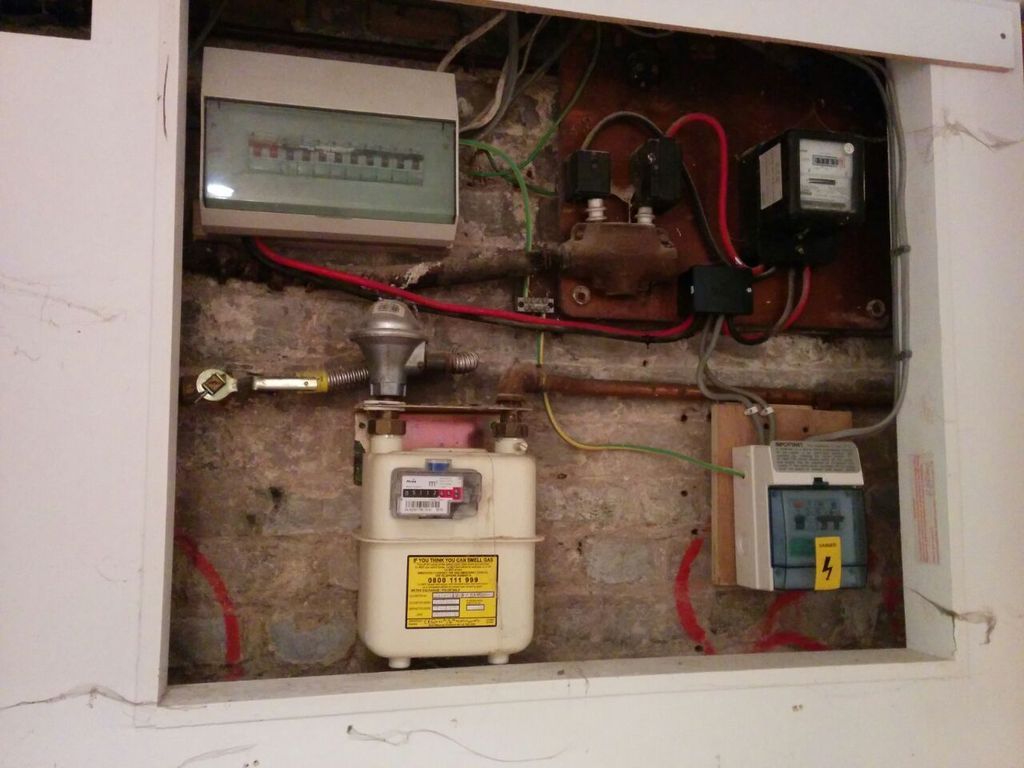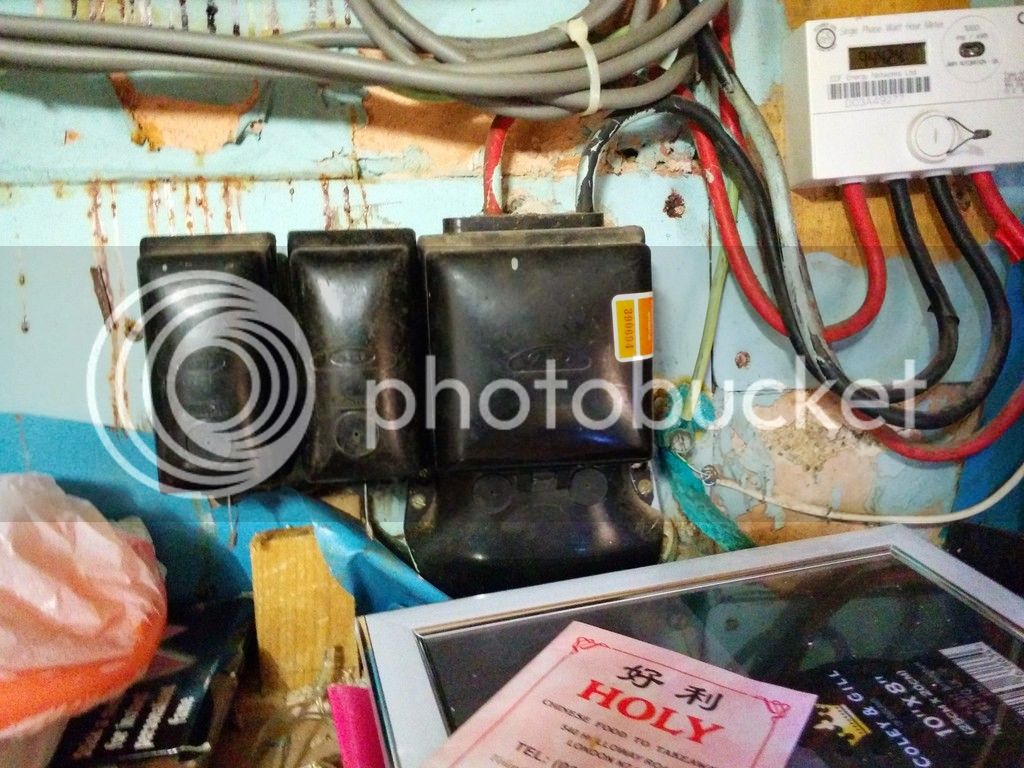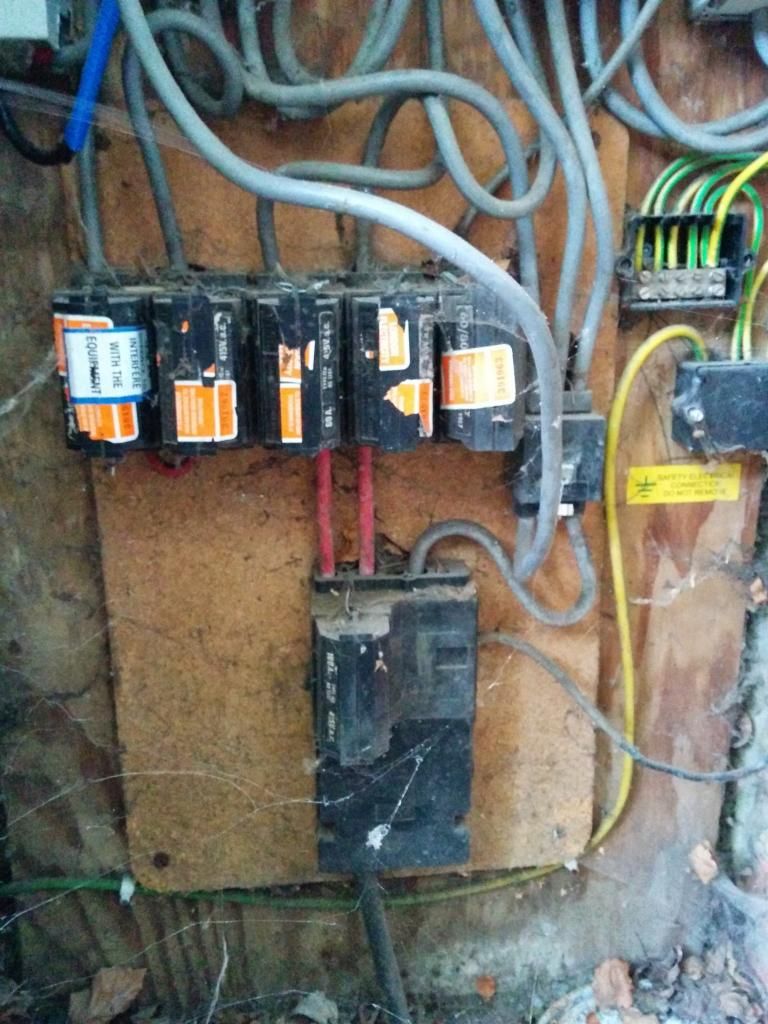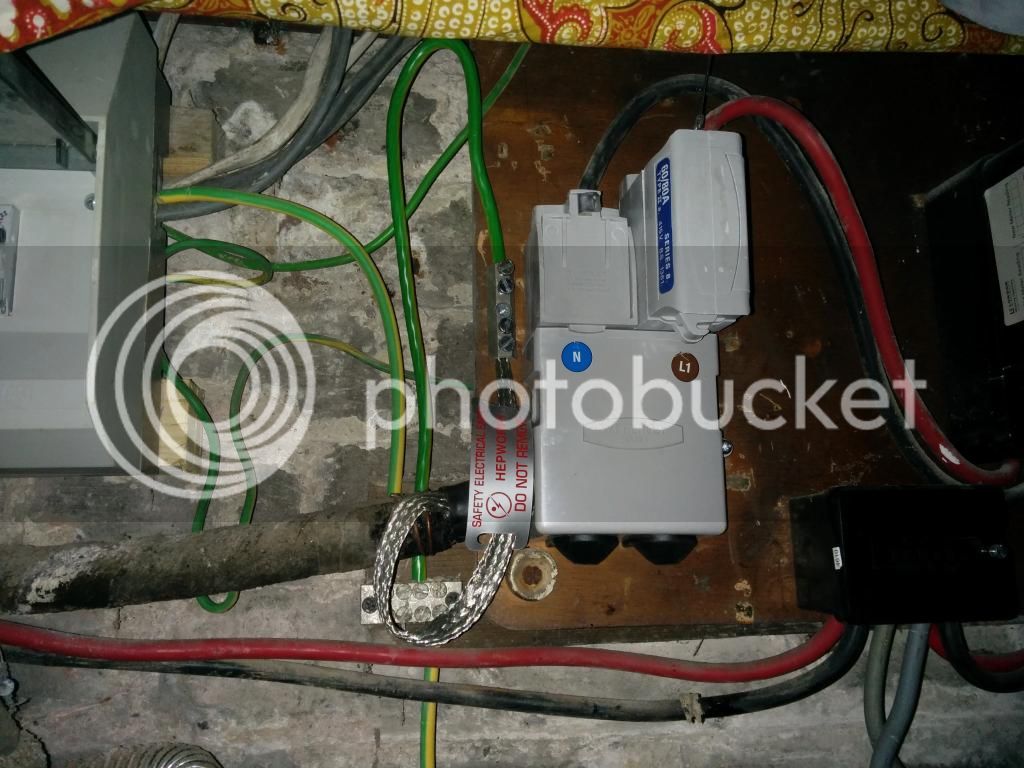I live in a first floor maisonette in a purpose built block of four built in 1959. There are two on the ground and two on the first floor.
Under our leases my neighbour in the downstairs maisonette and I are responsible for maintaining and repairing of the structure of the building, including the foundations the roof and the service pipes, cables and drains etc. Which is basically everything under the roof on our side of the building. The cost of any works being shared equally. The same arrangements exists on the other side of the building for the occupants of those maisonettes. There is also repairing covenants in the leases should for example a party wall need repairing between the two sides of the building whereby the affected parties need to contribute equally. There are no communal parts and as the name maisonette suggests we have our own front doors but share a pathway from the street to our front doors.
My neighbour in the ground floor below me has just completed on a major refurb including a full rewire and has applied to get his main fuse upgraded. At least I think that's the plan. I guy from Uk Power Networks accompanied by the wife of my neighbour knocked on my door the other day wanting to have a look at where my main supply came in to my property. It happens to be near my street door at the bottom of my stairs and I let the guy in. He said as he suspected that my neighbours supply is looped off mine so what they are proposing to do is change that arrangement so my neighbour has his own supply and fuse and into the bargain I will have my own.
Now the guy started to wave his electrical detector around outside on our shared pathway which leads down to the street/councils path. There was all sorts of beeping noises coming from it but his conclusion from the exercise was that they would have to remove the paving slabs and excavate a trench to put some new cabling in. My neighbours wife asked how much it would cost and the UK PN guy said he thought it would be free of charge as they were obliged to provide free of charge... I think he said a 100 amp fuse and on the existing arrangement it is only 80 amp.
So could someone please clarify what is going on here and in particular:
1) Who is responsible for the repair and maintenance of the main cable from the street which travels under our shared pathway to the properties. In the case of our gas supplies it is the responsibility of the gas network operators.
2) Will my neighbour be charged for the work.
3) Would those figures be correct for the current fuse and the intended replacement one i.e 80 and 100 amp respectively.
I understand UK PN are going to make arrangements to come out again to firm up on the job and it would be useful to understand what they are talking about so any help here would be very much appreciated.
Under our leases my neighbour in the downstairs maisonette and I are responsible for maintaining and repairing of the structure of the building, including the foundations the roof and the service pipes, cables and drains etc. Which is basically everything under the roof on our side of the building. The cost of any works being shared equally. The same arrangements exists on the other side of the building for the occupants of those maisonettes. There is also repairing covenants in the leases should for example a party wall need repairing between the two sides of the building whereby the affected parties need to contribute equally. There are no communal parts and as the name maisonette suggests we have our own front doors but share a pathway from the street to our front doors.
My neighbour in the ground floor below me has just completed on a major refurb including a full rewire and has applied to get his main fuse upgraded. At least I think that's the plan. I guy from Uk Power Networks accompanied by the wife of my neighbour knocked on my door the other day wanting to have a look at where my main supply came in to my property. It happens to be near my street door at the bottom of my stairs and I let the guy in. He said as he suspected that my neighbours supply is looped off mine so what they are proposing to do is change that arrangement so my neighbour has his own supply and fuse and into the bargain I will have my own.
Now the guy started to wave his electrical detector around outside on our shared pathway which leads down to the street/councils path. There was all sorts of beeping noises coming from it but his conclusion from the exercise was that they would have to remove the paving slabs and excavate a trench to put some new cabling in. My neighbours wife asked how much it would cost and the UK PN guy said he thought it would be free of charge as they were obliged to provide free of charge... I think he said a 100 amp fuse and on the existing arrangement it is only 80 amp.
So could someone please clarify what is going on here and in particular:
1) Who is responsible for the repair and maintenance of the main cable from the street which travels under our shared pathway to the properties. In the case of our gas supplies it is the responsibility of the gas network operators.
2) Will my neighbour be charged for the work.
3) Would those figures be correct for the current fuse and the intended replacement one i.e 80 and 100 amp respectively.
I understand UK PN are going to make arrangements to come out again to firm up on the job and it would be useful to understand what they are talking about so any help here would be very much appreciated.






